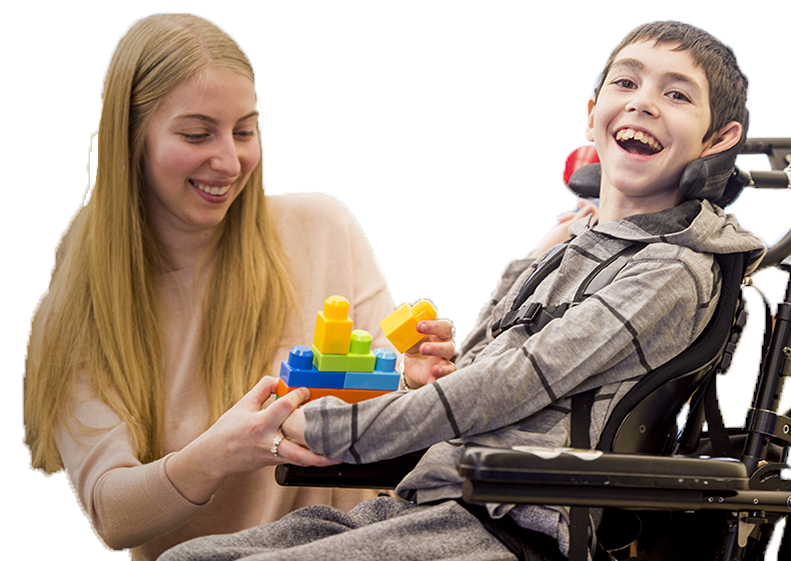Resources Directory
Search below to find a hospital, doctor, therapy, and more

Buckboard Therapeutic Riding Academy
" Since 1998, Buckboard – Located in Gering, Nebraska – has been offering equine-assisted activities and pleasure horseback riding to disabled adults and children. This program combines instruction in traditional horsemanship skills with the concepts of physical therapy. We have assisted hundreds of disabled persons through our unique combination of therapy riding, riding instruction, and recreational riding.
The program provides services tailored to meet the specific needs of each individual rider, regardless of age or disability. Buckboard continues to empower individuals with the beauty of horses and is only able to do so by the generous support of its volunteers and donors! Therapeutic horseback riding for disabled persons first began in Europe over sixty years ago. It found its way to the United States in the 1940’s. There are two forms of horseback riding that can be utilized. The form that Buckboard uses, Therapeutic Riding, is the use of horses for any combination of recreation, education, and medical therapy for people with disabilities.
There are many different riding positions and activities that are used in therapy riding in an effort to help the rider reach maximum physical and mental rehabilitation. Some of the different positions include: riding sitting upright both forward and backward; laying down with the rider’s abdomen connecting with the horse’s back; and laying down with the rider’s arms and head on one side and legs on the other. These positions stimulate circulation throughout the body, assist in building muscle tone, relax tight muscles, and develop improved balance. Other activities include: several different arm positions while riding both frontward and backward, which helps balance and also stretches tight muscles; games using rings and balls, which improve hand/eye coordination, balance, and muscle tone, as well as stretching the different muscles; activities requiring the riders to follow instructions placing rings and balls in different boxes or on different colored poles improve concentration and promote improved memory.; and group games build social skills and sportsmanship. These are just a sampling of positions and activities that are utilized in Therapeutic Riding.
The riders enjoy benefits physically, psychologically, behaviorally, and cognitively. They develop increased social interaction, abstract learning, better self-awareness, improved functional mobility, posture, and balance. “The outside of a horse is good for the inside of a man.” This quote from President Ronald Reagan helps explain why therapy riding provides so many benefits. A horse’s muscular movements are similar to those of a person. This motion and the warmth of the horse connecting with the rider’s muscles are the building blocks to physical and mental rehabilitation. Horseback riding also has a calming affect, which helps the rider to relax. Often handicapped people are forced to look up at the non-handicapped; being on a horseback allows them to have the opportunity to look down. They develop a personal sense of satisfaction from being able to engage in an activity that very few handicapped people get the opportunity to do. Riding has been proven effective as recreational therapy in the treatment of the following:
Cerebral Palsy
Autism
Mental Retardation
Down Syndrome
Amputees
Muscular Dystrophy
Multiple Sclerosis
Learning Disabilities
Spina Bifida
Deafness
Blindness
Developmental Delay
Emotional Disturbance
Paraplegics & others"
